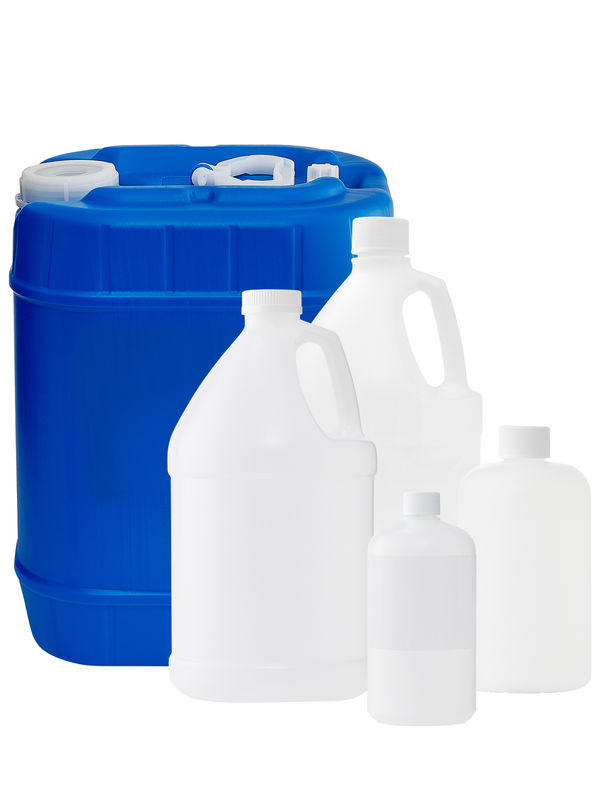
Business Support
Stannous Chloride Crystals, Lab Grade
For questions regarding lead time, please contact a member of our Customer Care Team at customercare@laballey.com
Business Support
Description
About Stannous Chloride Crystals, Lab Grade
Stannous Chloride, also known as Dichlorotin, Tin(II) Chloride, and Tin Dichloride, has the chemical formula SnCl2. Its anhydrous form appears as colorless to white hygroscopic crystalline mass or flaky solid with a fatty appearance and no odor. It is sparingly soluble in excess Water and freely soluble in Alcohol at ambient conditions. Normally, its anhydrous salt is produced by direct reaction of chlorine and molten Tin or by heating Tin in Hydrogen Chloride gas.
Chemically pure or Laboratory reagents are the two terms often used to describe Lab Grade chemicals. Lab Grade chemicals do not meet any accepted quality or purity requirements such as the ACS Grade, the USP Grade, and the FCC Grade, despite their acceptable purity. Due to its high purity, this Lab Alley product is highly recommended for labs and commercial applications.
COMMON USES AND APPLICATIONS
- Reagent
- Chemical precursor
- Chemical analysis
- Reducing agent
- Removing ink stains
INDUSTRIES
- Tanning of leather
- Manufacture of dyes
- Tanning by galvanic methods
- Synthesis of color pigments
- Sensitized paper
- Lubricating oil additive
PRODUCT INFORMATION
Customer Reviews and Q&A
Safety and Shipping
Contact Lab Alley at 512-668-9918 For Stannous Chloride SDS (Safety Data Sheet) Or A Stannous Chloride Dihydrate SDS.
Business Support
Built for Business.
At Lab Alley, we simplify procurement with custom quotes, credit applications, tax exemptions, and fulfillment support, ensuring on-budget, on-time delivery - your success is our priority.
Apply for Credit
A Lab Alley credit account streamlines purchasing for your business. Our Customer Success Team is available to help you through every step of the process.
Request a Custom Quote
Get a fast, customized quote tailored to your specific needs. Our team ensures accurate pricing and availability to help streamline your purchasing process.

Additional Business Resources
Lab Alley provides access to essential certifications, documents, and other resources to support your business.

Create a Lab Alley Account

RECEIVE exclusive offers, promotions, and discounts on chemicals.

Always have the product you need, when you need it with our AUTOSHIP program.






